(l to r) Becky Haas, Melanie Riden-Bacon, and Andi Clements
___________________________________
Since 2014 when first learning about trauma-informed care and ACEs science, I have envisioned reducing the effects of trauma as a crime prevention program. To me, implementing ACEs science is key to finding the solution for the opioid crisis being experienced here in Northeast Tennessee and southern Appalachia. My goal was to educate our community starting with established police partnerships and create a city-wide system of care. By partnering with Dr. Andi Clements from the East Tennessee State University Department of Psychology in 2015 and receiving technical assistance that same year from SAMHSA’s National Center for Trauma Informed Care, we set out on this mission. Little did we know, that a dynamic movement of ACEs champions was about to unfold.
In the past, I’ve reported in ACEs Connection on the progress of our growing system of care, but this article is for the specific purpose of sharing the story of Topper Academy. From my perspective, there seems to be a national outcry from frustrated educators who are looking for solutions to do the job they are so passionate about but are facing almost insurmountable challenges daily. With pressures ranging from school administrators’ expectations for standardized test scores to students with low reading levels, truancy, rampant drug use and a growing concern for school safety, it’s obvious that our education system now is much more complicated than simply being focused on reading, writing and arithmetic! My hopes are that this article will provide a few resources for and much encouragement to other educators on how becoming trauma-responsive in the classroom can literally change the culture of a school or setting. As we’ve observed by working with Topper Academy this school year, it’s more of a journey than a destination but I strongly urge educators to make a decision that this is one trip not to miss!
My involvement with Topper Academy began last summer when the vice-mayor told me that a new principal was coming to the alternative high school and she asked if I would reach out to her regarding trauma-informed education. So, in June I invited Melanie Riden-Bacon (Mrs. RB ) to attend the four-hour, Trauma-Informed Approach, Key Principles and Assumptions training. I noticed by the end of the training that she had tears in her eyes. Somehow, I knew she was hearing concepts that resonated in her heart and mind as a tenured educator. Before she left the training that day, she asked me if Dr. Clements and I could provide this same training for all of her staff before school started, to which we agreed.
Being from the community, I knew a little bit about Mrs. RB’s experience as an educator. She had been the principal of a county high school with a student body of around 1,100, and then for six years was principal at one of the largest area high schools of 2,300 students. In 2010, the high school where she was then principal encountered an armed gunman entering the school, which made national news. Details of this event were recounted in an article last summer by the Kingsport Times News as the school passed the seventh year anniversary since that horrifying event. Mrs. RB credits previous school safety training and the school resource officer with saving her life, keeping students and faculty safe, and holding the gunman at bay until local law enforcement arrived. The gunman was killed during ensuing gunfire.
In July of last year, Mrs. RB held a screening of Paper Tigers for her staff and then we provided them with the same four-hour training she had attended. Dr. Clements and I also agreed to provide on-going coaching for the staff by attending their monthly in-service trainings. By being involved on a regular basis with the school, we have witnessed first-hand the amazing job the whole school staff has done in unifying around implementing trauma-informed concepts into the classroom. I cannot emphasize enough how important the teamwork of the staff has been in changing the school culture. During these in-service trainings, we have covered materials on “Gestures” from the Futures Without Violence curriculum. We heard from the teachers that there was a need for self-care after they began learning the “why” behind some of the students problem behaviors. So we addressed that by providing a screening of the movie, Portraits of Professional Caregivers, Their Passion, Their Pain, produced by my friend, Vic Compher. Most recently, one teacher selected a book we’ve been collectively studying, Fostering Resilient Learners, Strategies for Creating a Trauma-Sensitive Classroom by Kristin Souers with Peter Hall, which provides practical classroom applications for implementing trauma-informed concepts.
Together Mrs. RB and her staff have come up with innovative applications for changing the school culture to trauma-responsive. Instead of being a punitive atmosphere, it now has one filled with a sense of achievement, excitement and respect. When you visit the school you will find inspiring bulletin boards that feature “Student of the Month” and “Life Tips from a Cactus” (who knew all you could learn from a cactus!) as well as my personal favorite, observing an entire classroom with walls decorated with “topper hats” that are labeled with a student’s name and the course credit they earned. Mrs. RB says that students love to come into that room and find their name on the hats. She is so appreciative of the school counselor who thought of the idea and that she is also very diligent to keep it updated.
Not only did learning about ACEs affect teacher relationships with students, but the faculty members themselves attest that having a trauma-informed lens has made them more aware of being supportive to each other as staff. What’s amazing is how this culture shift was not an expensive one to the school system. At first there was an investment of time in getting staff trained and then meeting together to decide what changes might be made, but in the long run, Mrs. RB says, now with trauma-responsive practices in place, situations that arise actually take less time to resolve by using these new methods. Absolutely there have been some barriers and some days they have to hold their ground and not step back into the familiar ways of being reactive to behaviors. As a school they have learned to recognize when one person is in the “downstairs” brain, it’s their job to bring them upstairs instead of going downstairs with them.
By participating with the school on a regular basis, we have been able to find innovative ways to involve the community in helping to meet the needs of students. One student did not have transportation to school so a local merchant donated a bicycle. At Thanksgiving, Mrs. RB asked if I knew of a group that would provide a home-cooked Thanksgiving meal for students and teachers. I reached out to the faith community and very quickly two churches stepped up and served them a feast! They provided so much that many students carried home boxes of leftovers. At Christmas, we learned that many students were not likely to have adequate food to eat while on their break, so the school provided hams, and area churches joined together to make a large food box for each student to take home.
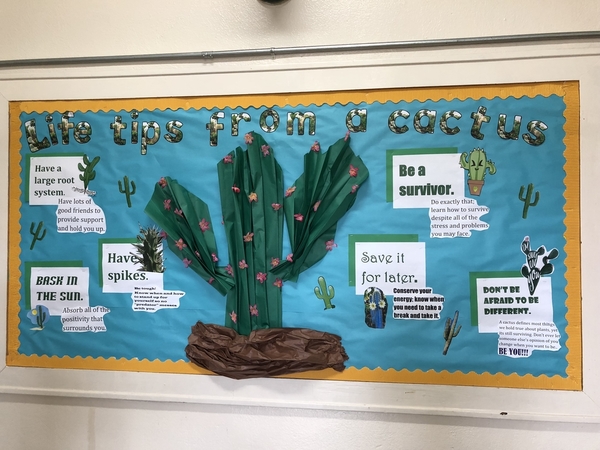
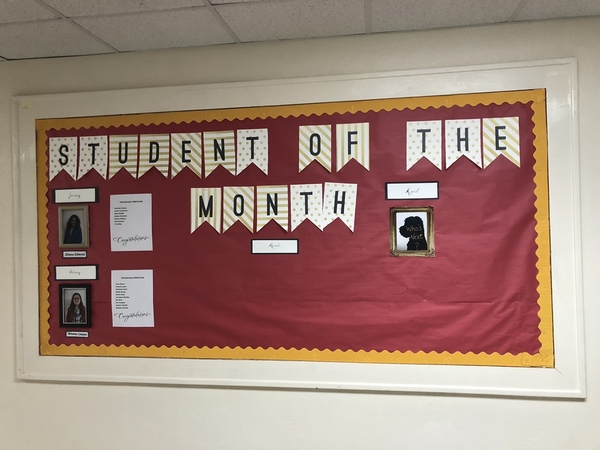
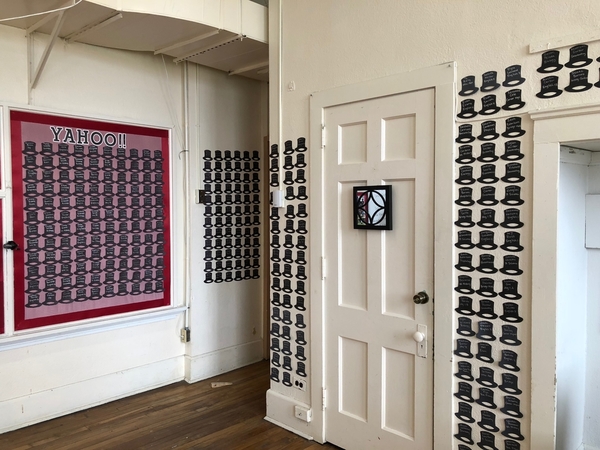
To me, Topper Academy has become what I envisioned in 2014 after first learning about trauma-informed care and ACEs science: that it could serve as a crime prevention tool. As the school culture continues to change year after year, I’m hopeful that, by becoming trauma-responsive, we will find that not only are more students graduating, but they are going on to attend college or trade school instead of landing in the criminal justice system or struggling with addictions or mental health issues. I love the message of ACEs because it’s true — none of us can pick where we start in life, but Topper Academy is demonstrating that a nurturing environment can help the road to the future look much brighter.
Recently I had lunch with Mrs. RB to get an update on the school’s progress and asked her to provide some insights that other educators might be able to replicate in their classrooms. Here are her words describing the 2017-2018 school year so far at Topper Academy.
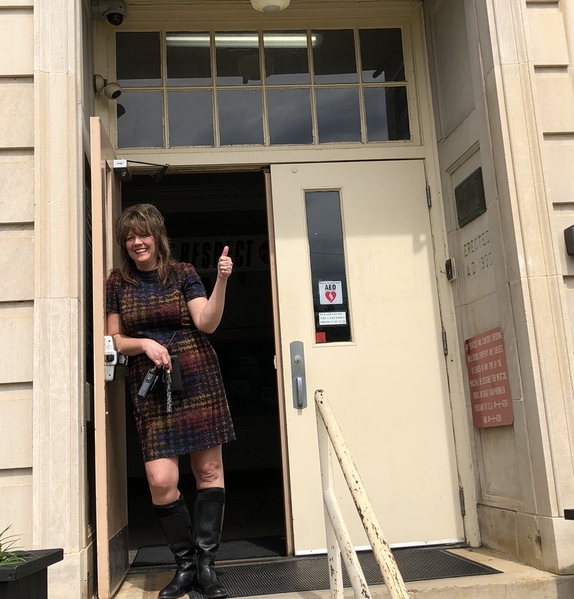 “One of the most rewarding career events in my life has been working with at-risk students at Topper Academy. Topper Academy allows students to build a bridge from failure to success. Elbert Hubbard said, 'The line between failure and success is so fine that we are often on the line and do not know it. How many a man has thrown up his hands at a time when a little more effort, a little more patience would have achieved success. A little more effort and what seemed hopeless failure may turn to glorious success.' Our blessing is teaching students how to realize they are on that line and providing the tools to make the decision to cross that line to success.
“One of the most rewarding career events in my life has been working with at-risk students at Topper Academy. Topper Academy allows students to build a bridge from failure to success. Elbert Hubbard said, 'The line between failure and success is so fine that we are often on the line and do not know it. How many a man has thrown up his hands at a time when a little more effort, a little more patience would have achieved success. A little more effort and what seemed hopeless failure may turn to glorious success.' Our blessing is teaching students how to realize they are on that line and providing the tools to make the decision to cross that line to success.
"Topper Academy has shifted the once punitive culture to a culture with freedom of choice with positive reinforcement that enables students to see they are in charge of their destiny based on day to day decisions. Trauma-informed care and adverse childhood experience training by Becky Haas and Dr. Andi Clements has given our staff the needed skills to tear down walls and build bridges with our students to cross to success and later use those same new bridges to sustain that success. We changed our academic method of earning credits from the traditional classroom to an online classroom method that allows students to experience success quickly and at their own pace.
"Students are now exhibiting character, integrity, work ethic, accountability, respect and good manners. It hasn't been easy, but anything worth having is never easy. Students are better able to evaluate, self-reflect, accept responsibility and purposefully decide to be successful. They are beginning to trust others and open up. Daily attendance has climbed from historically around 52% to where it now remains steady at 85% to 88%. In the past, typically in a semester, 120 students would collectively earn 50-60 credits but we ended the first semester with earning 431 credits. Into the third week of March, we have surpassed 800 credits. Our goal is now 1000 credits by May 25. That wouldn't have happened without first healing and repairing their hearts and dreams. Some of these students are ones who have rarely earned a credit before. Destined to fail, they are now purpose-driven and filled with hope. We have experienced less fighting and fewer suspensions by taking the time with students to listen, reassure, and validate their feelings. We teach and guide the students to repair situations and find solutions to resolve conflict. This method has reduced the need to assign suspensions to every discipline situation. Over time the students have just started coming to us first with the situation before a teacher even has a chance to report.
"Thanks to a small amount of grant money, we fixed up the school and established structured routines and expectations. Recently we completed the installation of a weight room, fitness room, STEM maker space that includes learning about drones and robotics, started art classes, started music classes, and host career speakers. None of these are credit-earning classes, but students work very hard to participate in these. We have rewards such as student of the month, Friday Movies with Mel, enrichment trips to Titanic, Biltmore, Skill Ville, Crime Museum, Career Quest and more. We hope next year to begin offering school accessibility to medical care providing a clinic in the school with an onsite physician at least one day a week and a sick call morning at least one day a week.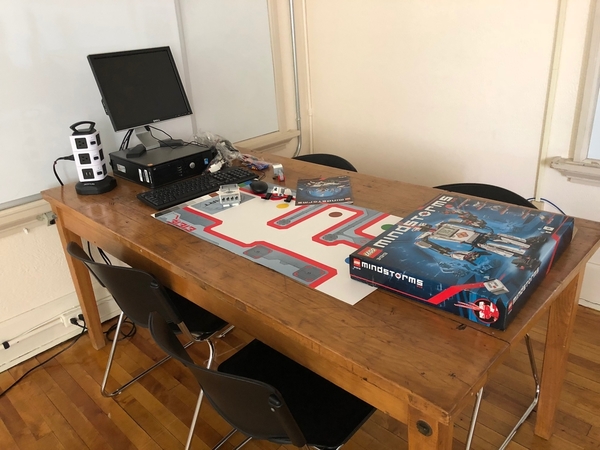
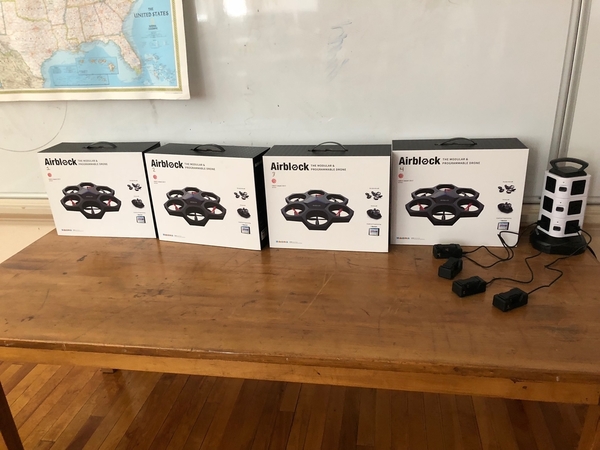
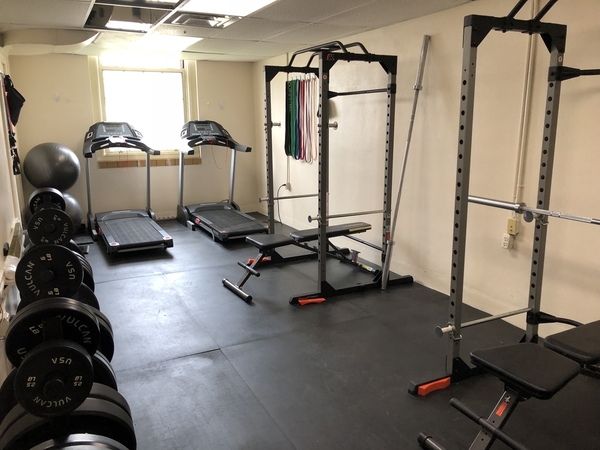
"We have instilled in our young people that they have value and can enter into any activity with purpose and commitment to success. We have made them aware of what ingredients they need to move from failure to success. But more than anything we are teaching them that in spite of their trauma-filled lives and adverse childhood experiences, they can conquer. H. Jackson Brown said: 'In the confrontation between the stream and the rock, the stream always wins... not through strength, but by perseverance.' And so at Topper Academy we teach them grit.”









Comments (0)